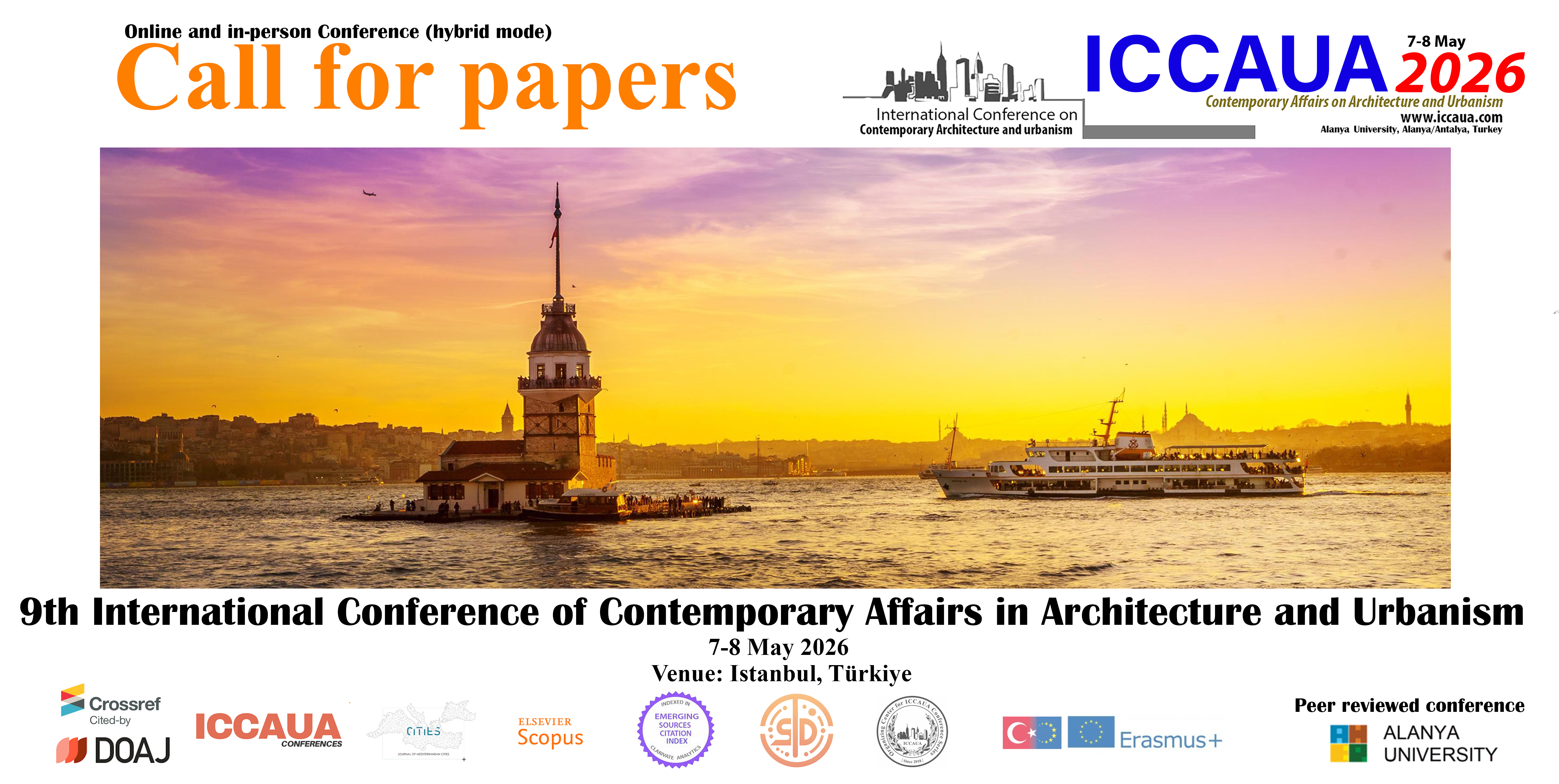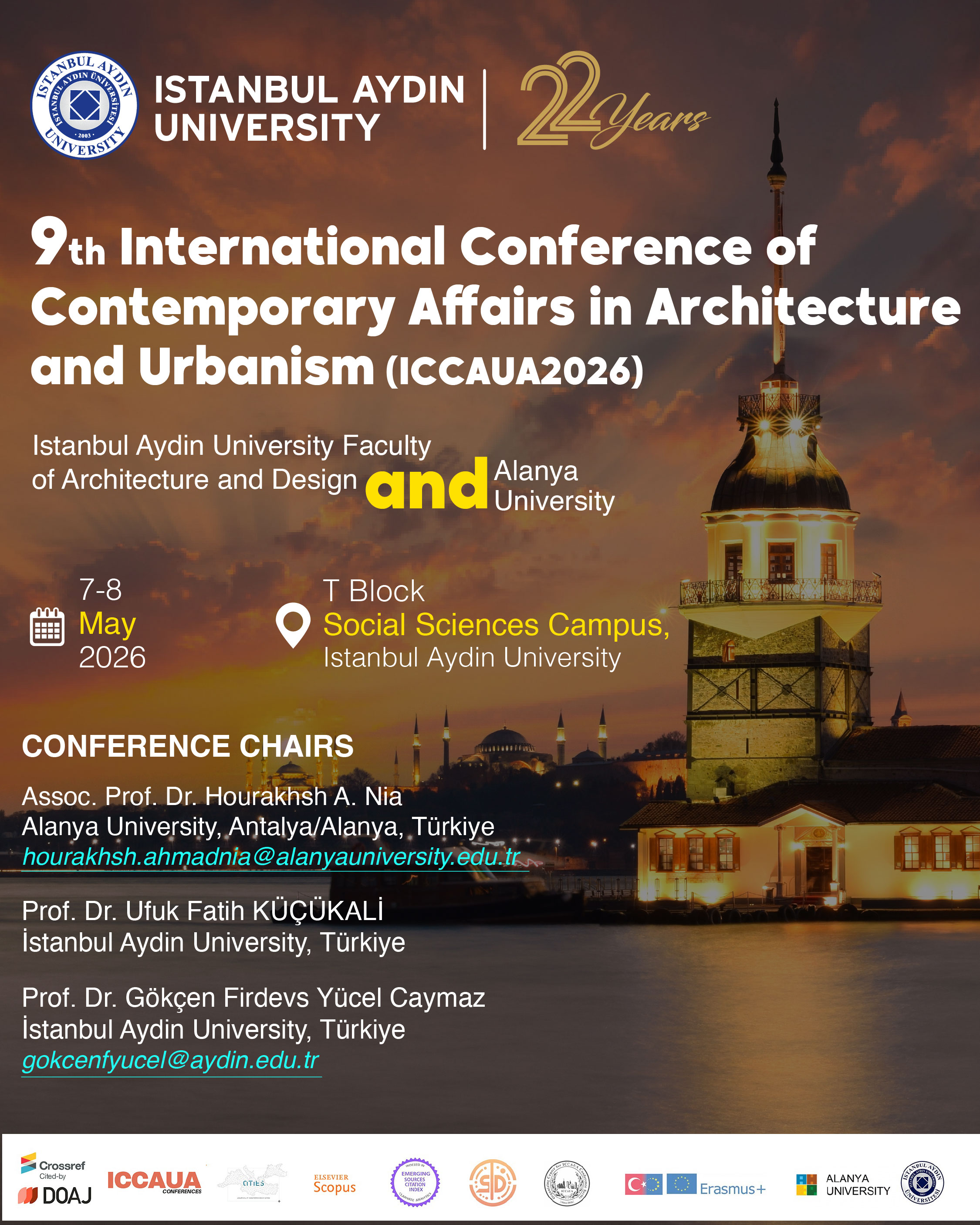Non- and Semi-Destructive Assessment Methods Used in Croatia After Recent Earthquakes
DOI:
https://doi.org/10.38027/iccaua2023en0017Keywords:
Existing Structures; Croatia; Earthquake; NDT; SDT.Abstract
In recent years, countries around the world have had devastating consequences from seismic events. This includes Croatia, which was hit by strong earthquakes in 2020. After the rapid assessments to determine if it was safe to stay in the damaged buildings, it was time for more detailed assessments. Different approaches were used depending on the level of reconstruction; from simple calculations and purely visual inspections for lower levels to more complex numerical models and design methods accompanied by in-situ testing for higher levels. The paper lists the most common non-destructive (NDT) and semi-destructive (SDT) methods used in post-earthquake assessment in Croatia. They are described and supplemented with photographs and test results from real case studies. The advantages and disadvantages of the mentioned methods are also presented. Finally, conclusions are drawn and recommendations are given for an appropriate and effective combination of different in-situ tests for post-earthquake assessment.
Downloads
Downloads
Published
How to Cite
Issue
Section
License
Copyright (c) 2023 Luka Lulić, Ana Sušilović, Mislav Stepinac

This work is licensed under a Creative Commons Attribution 4.0 International License.




















